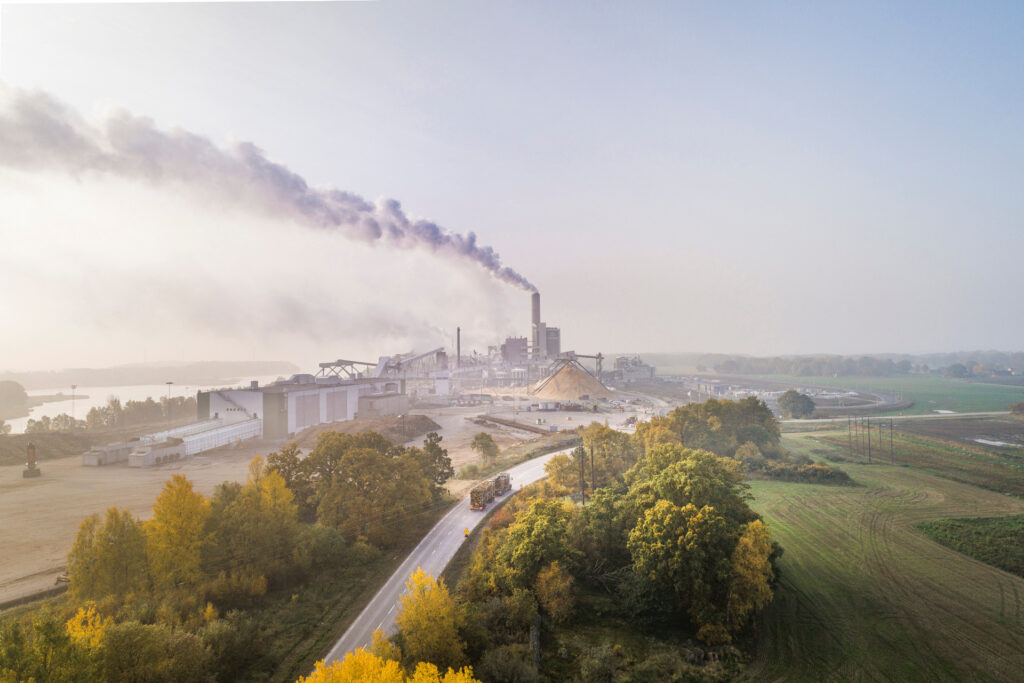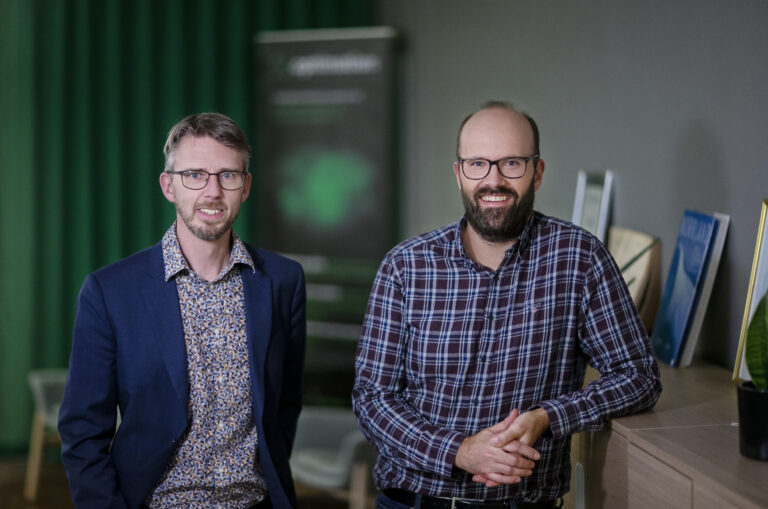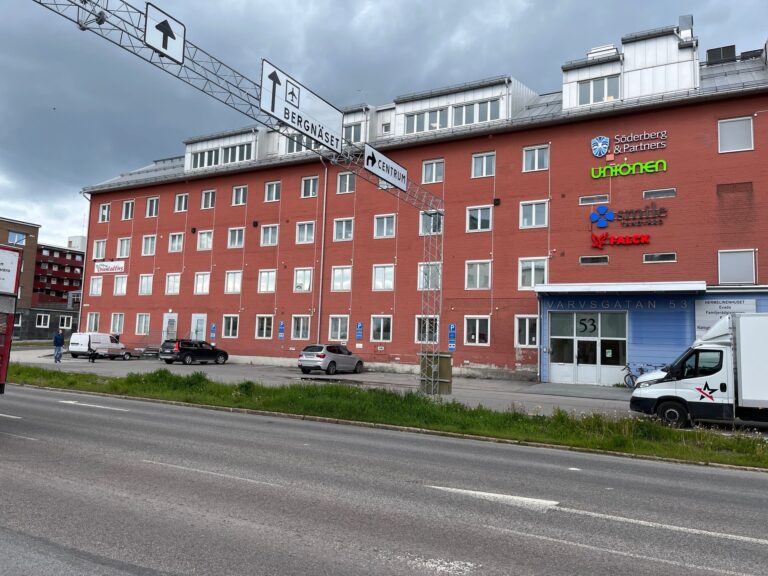
Balancing in the electricity market
Pre-study on decision support for electricity production at Södra Cell’s pulp mill in Mörrum
Changes in the electricity market mean that several industries are facing new challenges linked to electricity production and imbalance costs. Support services such as mFRR (manual Frequency Restoration Reserve) and FCR (Frequency Containment Reserve) open up new opportunities in production, but it also places higher demands on production planning and priority order. Södra Cell’s pulp mill in Mörrum is watching this development with curiosity and has therefore hired us at Optimation to carry out a pre-study on how a decision support for electricity production could help the mill improve its forecasts and planning, and reduce imbalance costs linked to deviations from the withdrawal plan.
Mörrum currently has 3 steam turbines that deliver both a surplus to the electricity grid of 30 GWh per year, and district heating to Karlshamn’s district heating network (Södra Cell’s pulp mill in Mörrum). In 2026, a new condensing turbine with higher energy yield will be installed, which is estimated to generate 20% more electricity (Södra is making a major investment in green electricity production in Mörrum). The new turbine allows more flexibility in electricity production, thereby strengthening the possibility of participating in the support services market, but also adds complexity to the overall production planning.
In addition to this, other aspects must also be considered in the decision-making chain, such as the operating status of the bark boiler, weather and electricity price forecasts, as well as bark availability and bark prices. How should production be planned in the best way and how should the process be followed to follow the forecast, or alternatively replan when something unexpected occurs in the pulp line? Which parts of the mill can be quickly changed and who should do what?

With this as a starting point, we have discussed the conditions and goals for the decision support together with various experts from the mill, which was summarized in a successful and rewarding workshop on site in Mörrum in the spring of 2025. The preliminary study showed that certain problems can be solved, or improved, through clearer internal communication and visualization in the control system, where an important aspect is that there is a common understanding of how different parts of the system are interconnected. It also emerged that certain tasks should be redistributed to allow more people to make well-informed decisions, which is seen as a first step in adapting work routines to today’s electricity market.
In the next step towards comprehensive decision support, we propose developing a graphical interface that visualizes current conditions and can be used to provide suggestions for operation, as well as automating certain steps through APIs. By developing a model that follows the process and links to current operating data, it becomes possible to work proactively towards the withdrawal plan through simulation and optimization, rather than reactively. As electricity trading has moved from an hourly to a quarterly basis, the work of handling disturbances manually is becoming more difficult, and in the long run, parts of the decision support should be automated.
At the time of writing, Södra Cell Mörrum has begun work on shifting tasks and adapting the working method around the withdrawal plan. Client Sara Ingves, Head of Technology Control Systems & IT, summarizes as follows: “The feasibility study involved many disciplines at the facility and therefore we were able to immediately make improvements within the framework of the existing technical solution. This enables continued development of a more automated decision support.” We at Optimation look forward to hearing about the outcome of this and hope that we can continue the collaboration.
If you want to know more about how a feasibility study is done and what we can offer your business, read more on our website: Operational decision support – Optimation





